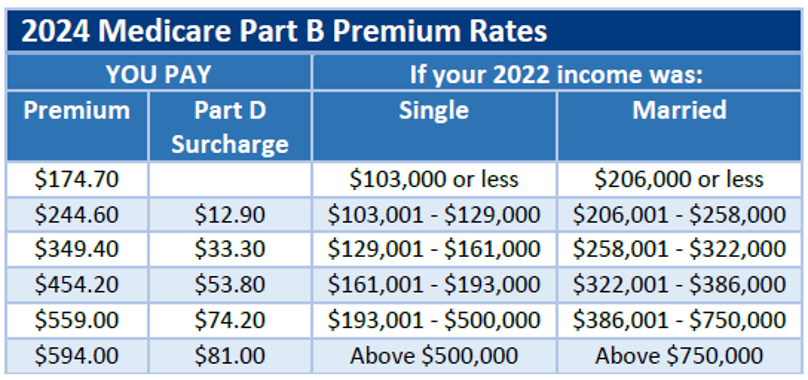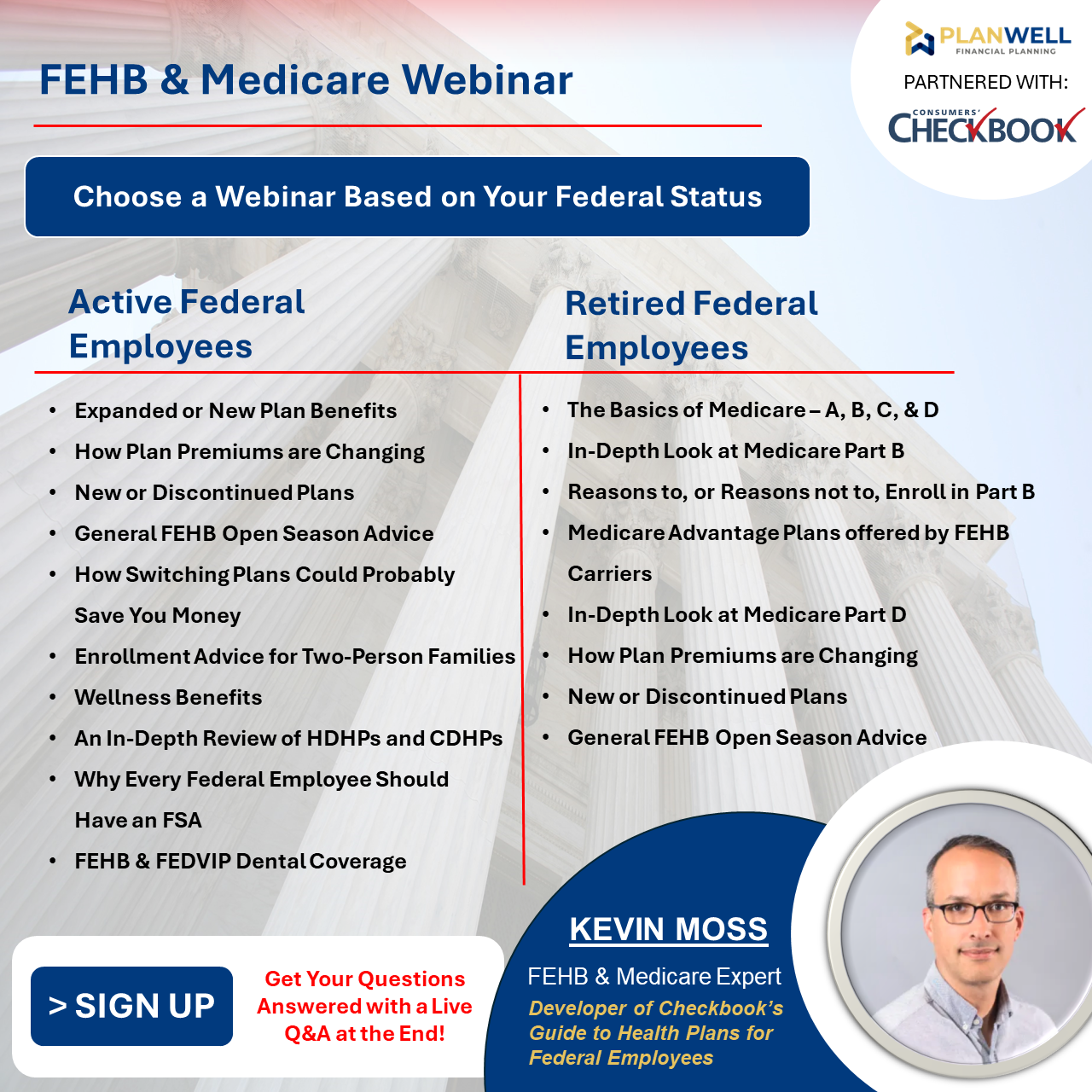Understanding how Required Minimum Distributions (RMDs) can impact your Medicare premiums, including surcharges and means testing for higher income levels.
How RMDs Can Impact Medicare Premiums: Understanding Surcharge and Means Testing
As individuals navigate their retirement years, it becomes essential to understand the various factors that can impact Medicare premiums, such as Required Minimum Distributions (RMDs), Social Security benefits, means testing, and tax implications. In this article, we will explore the intricate relationship between RMDs and Medicare premiums, and how these components can affect retirement income planning and healthcare costs.
What are Required Minimum Distributions (RMDs) and How Do They Impact Medicare Premiums?
The age for RMDs has recently changed due to SECURE Act 2.0. The current age to begin RMDs has been increased to age 73 starting in 2023 (up from age 72). RMDs will increase to age 75 starting in 2033.
RMDs only require withdrawals from traditional funds whether that is a 401(k), TSP, IRA, or other traditional type retirement plan. Roth funds are NOT subject to RMDs.
Moreover, failure to take RMDs or delaying them can result in penalties and higher premiums for Medicare coverage.
The effect of RMDs on Medicare premiums is tied to the individual’s taxable income, which includes both the RMD amounts and other sources of income. The IRS uses the Modified Adjusted Gross Income (MAGI) to determine Medicare costs, with higher income levels resulting in higher premiums for Medicare Part B and potentially Part D as well.
Delaying or skipping RMDs can lead to increased taxable income in the following years, thereby causing higher Medicare premiums due to the cumulative impact of deferred RMDs. It is vital for retirees to carefully plan their RMD withdrawals to avoid unnecessary surcharges and ensure manageable healthcare costs.
Attend our FEHB/Medicare webinar for the upcoming open season! Register for our FEHB Open Season webinar.
How Do Social Security Benefits Affect Medicare Premiums and Surcharges?
Social Security benefits can significantly impact an individual’s Medicare premiums, particularly through the Income-Related Monthly Adjustment Amount (IRMAA), which results in surcharges being added to the standard premium for Medicare Part B and Part D. As income levels rise, Medicare enrollees may face surcharges that increase their monthly premiums.
Understanding the relationship between Social Security income and Medicare premiums is crucial for retirement income planning. To manage potential surcharges, individuals can explore strategies such as minimizing taxable income from other sources, utilizing Roth conversions, or managing life-changing events that may affect their income levels and, subsequently, their Medicare costs.
Learn about FERS, Social Security, and the TSP at our Free Federal Retirement Workshops
Knowledge is Confidence!
How Does Means Testing Affect Medicare Premiums?
Means testing plays a pivotal role in determining Medicare premiums, considering an individual’s Modified Adjusted Gross Income (MAGI) to establish the cost of Medicare coverage. As income levels fluctuate, so do the premiums for Medicare Part B and potentially Part D, impacting the overall healthcare expenses for retirees.
To manage income levels and mitigate the impact of means testing on Medicare premiums, individuals can explore various strategies, such as optimizing retirement account withdrawals, considering the tax implications of IRA conversions, and proactively planning their financial activities to minimize surcharges and maintain manageable healthcare costs.
Stay on top of your federal benefits information – Subscribe to Our Newsletter
How to Calculate the RMD
The required minimum distribution for any year is the account balance as of the end of the immediately preceding calendar year divided by a distribution period from the IRS’s “Uniform Lifetime Table.” There is a different table if the sole beneficiary is the owner’s spouse who is ten or more years younger than the owner. Below is the Uniform Lifetime Table used to calculate an RMD for a single person.

Medicare Part B & D Premiums are Based on Income

RMDs Pushing You Into Higher Medicare Part B & D Premiums
Prior to receiving RMDs, you may have been enjoying a nice retirement between Social Security, pension, and maybe a small withdrawal from the retirement account here and there. Left unchecked, the money in the traditional IRA is growing and compounding over the years. Looming in the background are RMDs that can launch you into a higher tax bracket and increase the annual cost of health insurance. Proper knowledge of how RMDs work and a plan to lower a future RMD burden can help prevent this.
Let’s say you are a single, retired FERS annuitant and age 65. You are receiving a $5,000/month FERS pension, $2,780/month for Social Security, and taking no withdrawals from a TSP that is valued at $1,250,000.

Your total income would place you in the lowest Medicare Part B premium at $174.70/month and $0/month for Part D.
If we swap the ages from 65 to 73, the Medicare Part B premium jumps to $349.40/month for Medicare Part B and $33.30/month for Part D. That’s almost $2,500/year MORE for the same health coverage.

This is a simple explanation of how RMDs can increase health insurance in the future. The most likely scenario may be even worse. A balanced invesment strategy will generally outgrow inflation and withdrawals in the retirement account. In the previous example of the 65-year-old retiree, let’s assume the TSP is growing at a rate of 6% with no withdrawals until age 73. The account value will have grown from $1,250,000 to $1,992,310 at age 73. The RMD is much larger now.

The TSP will not stop growing if you have the funds invested and are taking no or moderate withdrawals. The compounding growth over the years will balloon the RMD down the road. Yes, Medicare income brackets will increase but usually matched with inflation. The goal of an investment strategy is to keep up with inflation and hopefully exceed inflation in the long-term. In this scenario, your Medicare Part B premium is now $454.20/month and Part D is $53.80/month which is an increase of $4,000/year.
What Can You Do?
There are some strategies to reduce health insurance premiums and taxes down the road. Conducting Roth conversions is a great way to reduce RMDs in the future as Roth IRAs do not have RMDs. Making small systematic withdrawals below higher tax brackets. If you are charitable, the use of a Qualified Charitable Distribution (QCD) will reduce income while giving to a charitable cause. There is also the Qualified Longevity Annuity Contract (QLAC) that can avoid taking RMDs until age 85.
Important!
Federal employees should take the time to understand their decision on whether to take Medicare Part B or not at age 65. If you will be falling into a premium of $349.40 or higher you may not see the financial incentive of taking Part B. Proper planning now will help you understand what your income is now and into the future which can can help you save thousands of dollars down the road.
Reach Out to Us!
If you have additional federal benefit questions, contact our team of CERTIFIED FINANCIAL PLANNER™ (CFP®), Chartered Federal Employee Benefits Consultants (ChFEBC℠), and Accredited Investment Fiduciaries (AIF®). At PlanWell, we are federal employee financial advisors with a focus on retirement planning. Learn more about our process designed for the career fed.
Preparing for federal retirement? Check out our scheduled federal retirement workshops. Sign up for our no-cost federal retirement webinars. Make sure to plan ahead and reserve your seat for our FERS webinar, held every three weeks. Want to have PlanWell host a federal retirement seminar for your agency? Reach out, and we’ll collaborate with HR to arrange an on-site FERS seminar.
Want to fast-track your federal retirement plan? Skip the FERS webinar and start a one-on-one conversation with a ChFEBC today. You can schedule a one-on-one meeting by contacting us directly.











